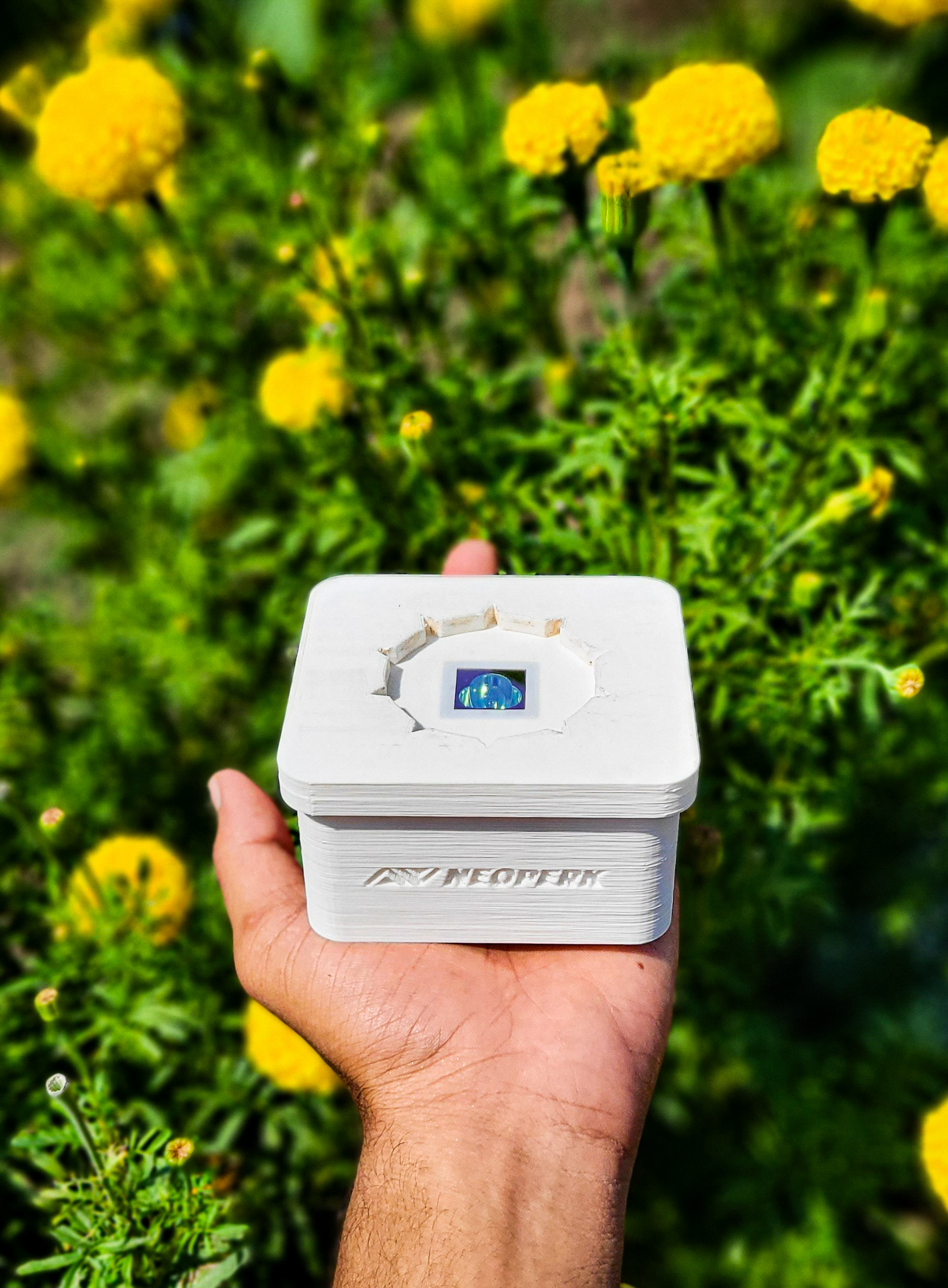The agricultural sector in India, the backbone of its economy, has undergone a transformative shift in recent years. To enhance agricultural productivity and ensure the health of the soil, cutting-edge technologies such as soil spectroscopy are gaining prominence. This article begins with explaining what Spectroscopy is and talks about the evolution from traditional soil testing methods to the revolutionary impact of spectroscopy in optimizing soil health and fostering sustainable farming practices
Understanding Soil Spectroscopy and why it matters:
Spectroscopy, in the context of soil analysis, studies the interaction between soil and electromagnetic radiation, such as light. Molecular vibrations and electronic transitions associated with soil constituents absorb light during this interaction. Unlike traditional wet chemistry methods, spectroscopy offers rapid results without the recurring costs of chemical reagents, making it an environmentally friendly and cost-effective alternative.
Soil health is fundamental to addressing global challenges like food insecurity and climate change. The continuous use of synthetic fertilizers without timely soil analysis has led to soil degradation and lower crop productivity. Soil spectroscopy, particularly NIR and MIR techniques, responds to soil mineral and organic composition, offering a practical and eco-friendly approach to frequent soil testing at a global and national scale.
What is NIR- Spectroscopy?
Near-infrared (NIR) spectroscopy is a powerful analytical technique that has found wide applications in various fields, including chemistry, pharmaceuticals, agriculture, food science, and materials science. It involves the interaction of near-infrared light with matter to obtain valuable information about its molecular composition and structure.
NIR spectroscopy utilizes the portion of the electromagnetic spectrum ranging from approximately 780 to 2500 nanometers (nm), which lies adjacent to the visible light region. This region is characterized by low-energy photons, and the corresponding wavelengths are longer than those used in visible or ultraviolet spectroscopy. The interaction of NIR light with a sample can be primarily attributed to overtones and combinations of molecular vibrations.

The Emergence of Spectroscopy in Soil Testing:
Historically, soil testing in India relied on chemical analyses, involving the collection of soil samples from various field points. These samples were then sent to a laboratory for testing, creating a time lag between sample collection and obtaining results. While effective, these traditional methods are time-consuming and may not provide real-time data crucial for precise decision-making in agriculture.
Spectroscopy, a revolutionary technology, involves the measurement of the interaction between matter and electromagnetic radiation. In the context of soil testing, techniques like near-infrared (NIR) spectroscopy, mid-infrared (MIR) spectroscopy, and visible-near-infrared (Vis-NIR) spectroscopy are gaining traction.
Advantages of Spectroscopy in Soil Testing:
Speed and Efficiency: Spectroscopy provides instant results, eliminating the delays associated with traditional laboratory analyses. This rapid feedback empowers farmers to make immediate decisions regarding fertilizer application and crop selection.
Cost-Effective: Over time, adopting spectroscopy proves to be more cost-effective as it reduces expenses related to traditional lab testing, particularly reagent costs.
Non-Destructive: Spectroscopy analyzes soil samples without altering or destroying them, preserving the integrity of the sample for future use.
Real-Time Monitoring: Spectroscopy allows continuous monitoring of soil health throughout the crop growth cycle, providing valuable data for informed decision-making.
At Neoperk, we pioneer soil spectroscopy in India, utilizing NIR Spectroscopy and Machine Learning (ML) to test essential parameters. Our rapid and chemical-free technology aims to address the critical need for timely and sustainable soil testing, contributing to the promotion and adoption of precision agriculture.
Conclusion:
As we unlock a new chapter in agriculture through soil spectroscopy, we pave the way for eco-friendly practices and sustainable farming. The integration of this cutting-edge technology is essential for preserving soil health, ensuring food security, and mitigating the impact of climate change. To learn more about our innovative approach, contact us at info@neoperk.co or visit our website : http://www.neoperk.co. Let’s embrace the power of spectroscopy and cultivate a future of sustainable and thriving agricultur
